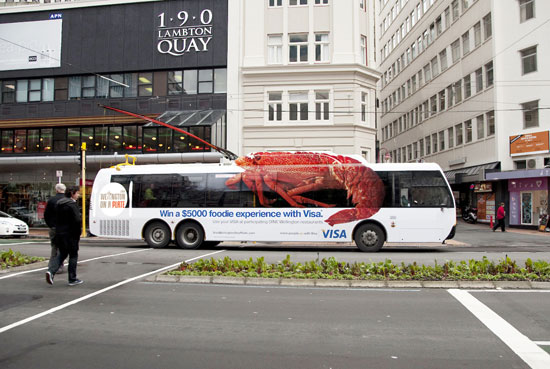Vintage Ads: Rediscovering Nostalgia and Classic Appeal
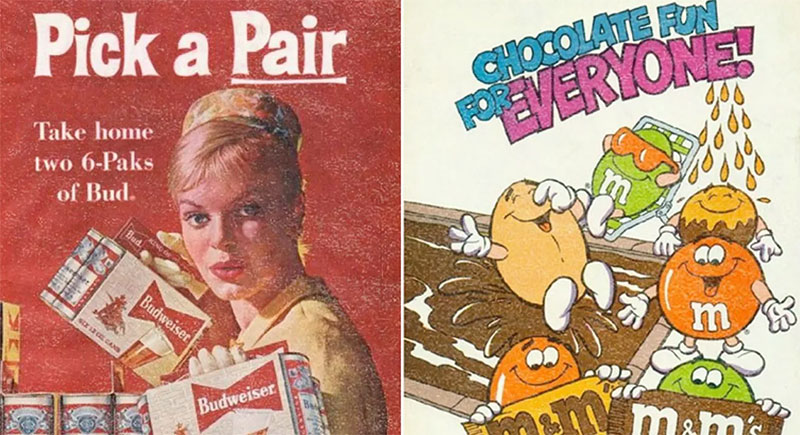
Imagine unfurling a weathered magazine, its pages steeped in a bygone era; each turn reveals a mosaic of vintage ads, as charming as they are a testament to the artistry of advertising history.
Those relics of retro advertising—once the harbingers of modern desires—are now artifacts whispering tales of nostalgic marketing and cultural transformation.
In the tapestry of classic commercials and antique advertisements, we witness the chronicles of brands like Coca-Cola that shaped the society’s cravings and fashioned the lexicon of iconic ad slogans.
Submerged in the canvas of mid-century advertising are lessons in psychology, lessons in ad copywriting techniques, and hard-earned wisdom that still echo through today’s marketing corridors.
By journey’s end, you’ll have gleaned insights from the Golden Age of Advertising to the visual advertising design trends of yesteryears.
This read is more than a stroll down memory lane; it’s an exploration of a lost art rediscovered and revered. It offers a compass to navigate the origins of our visual culture—a vibrant dialogue bridged across decades, enticing us to listen.
Vintage Ads Examples







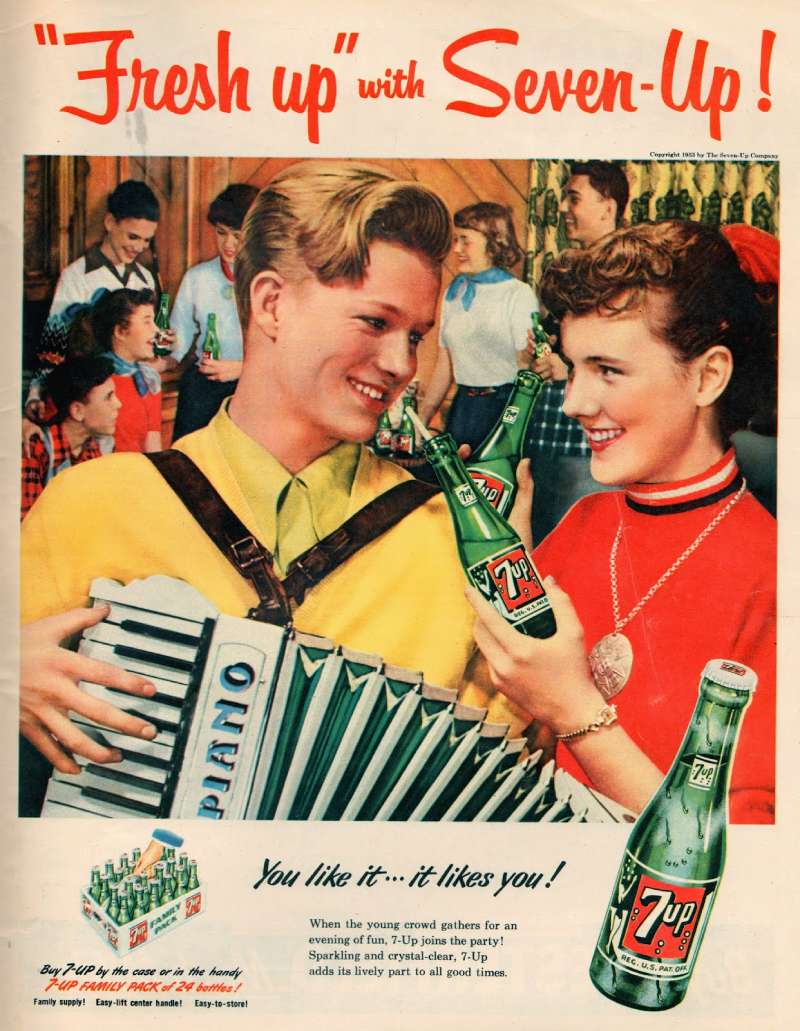
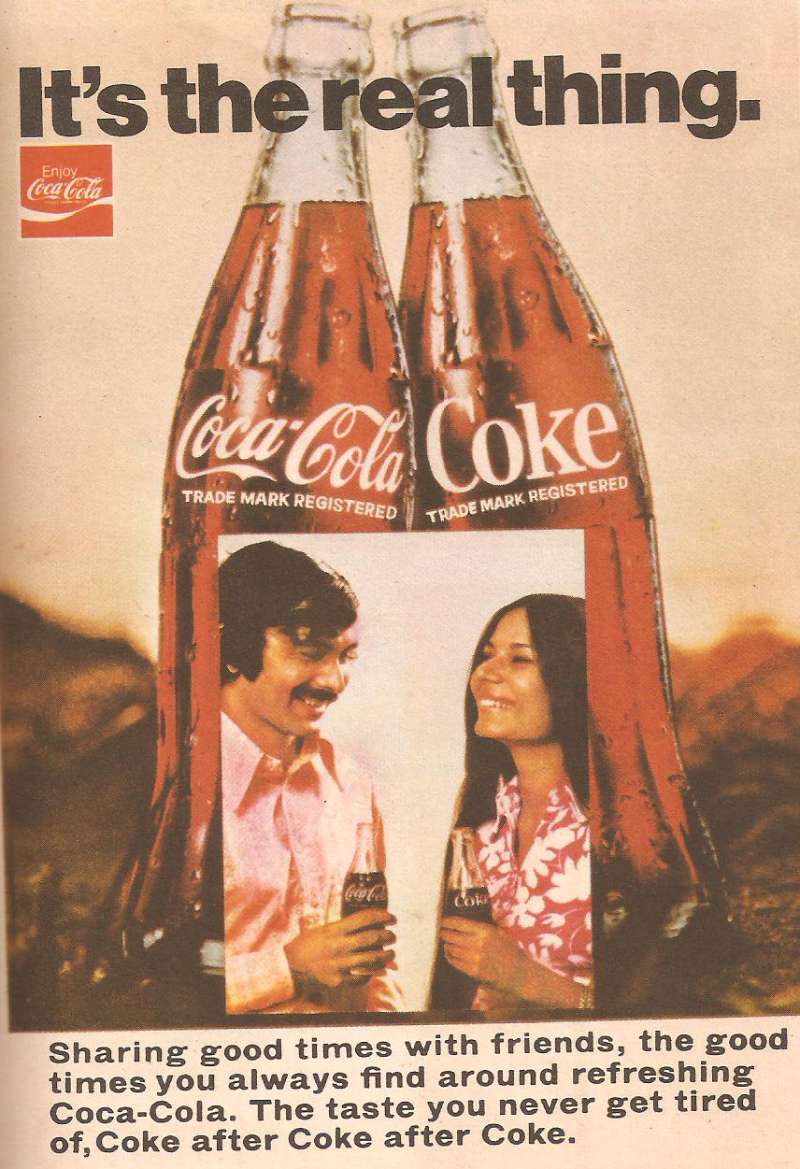
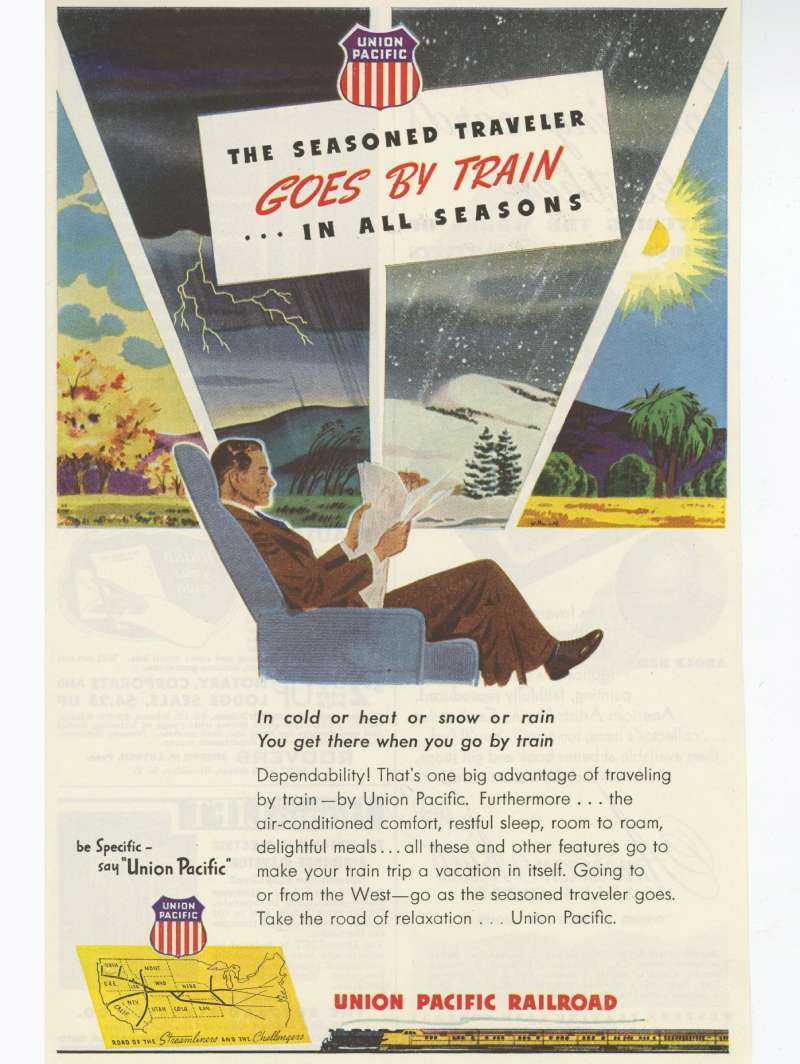
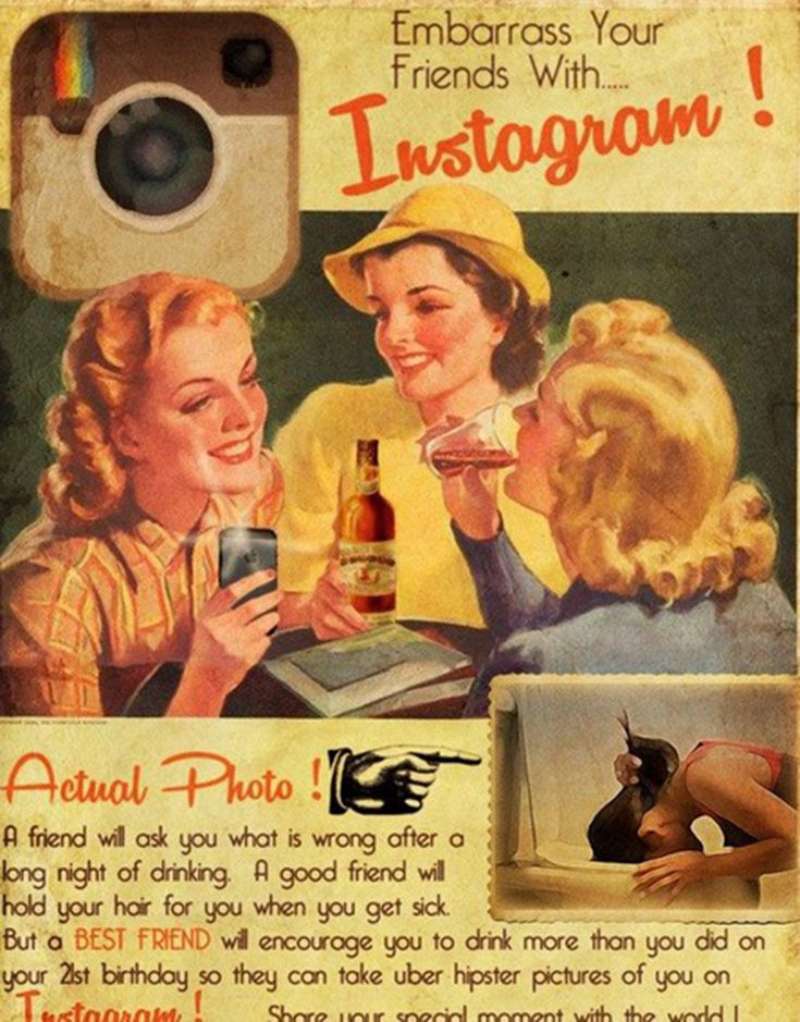
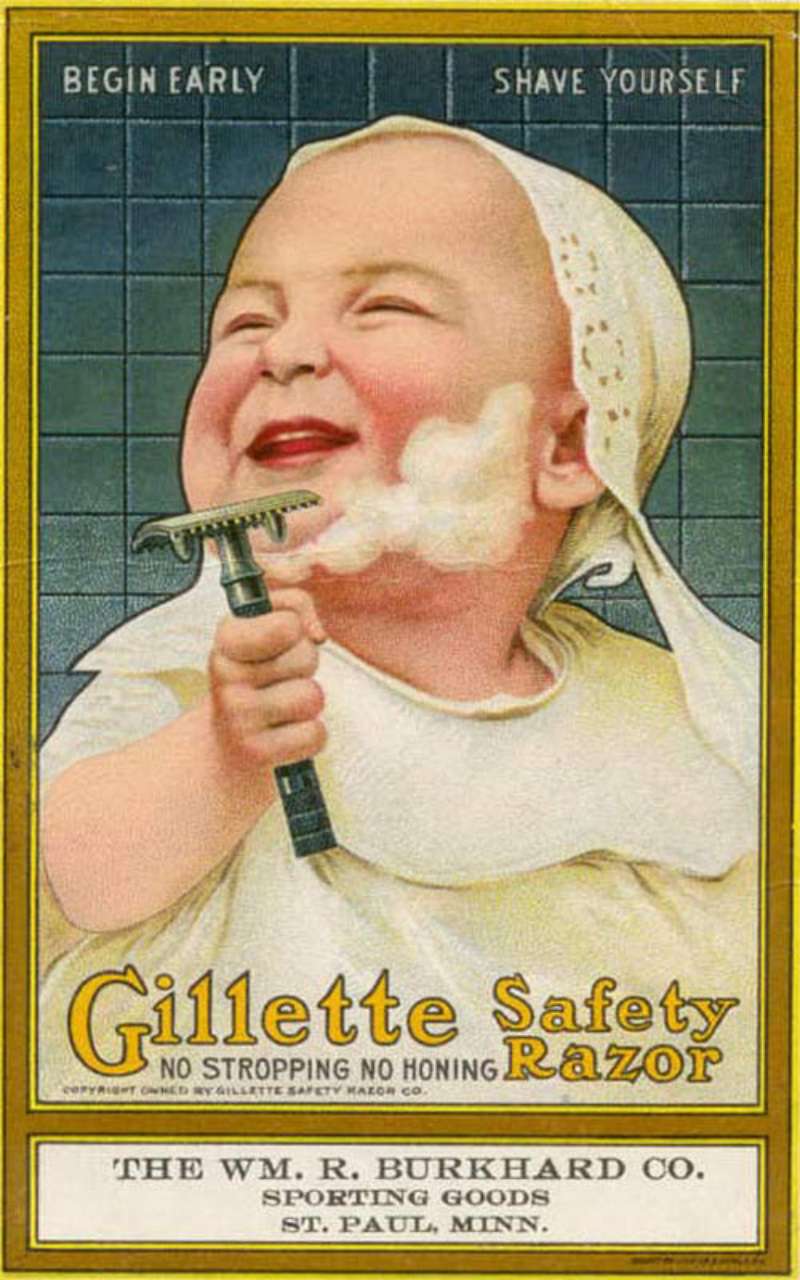
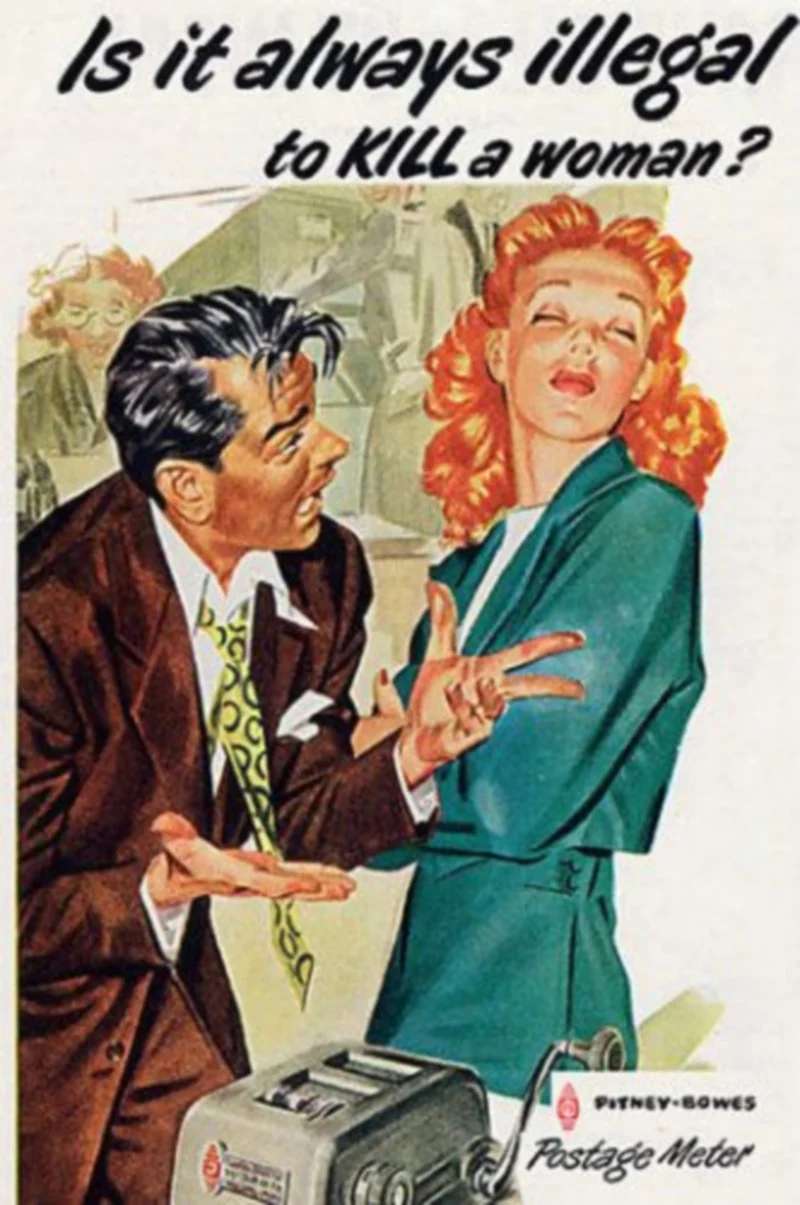

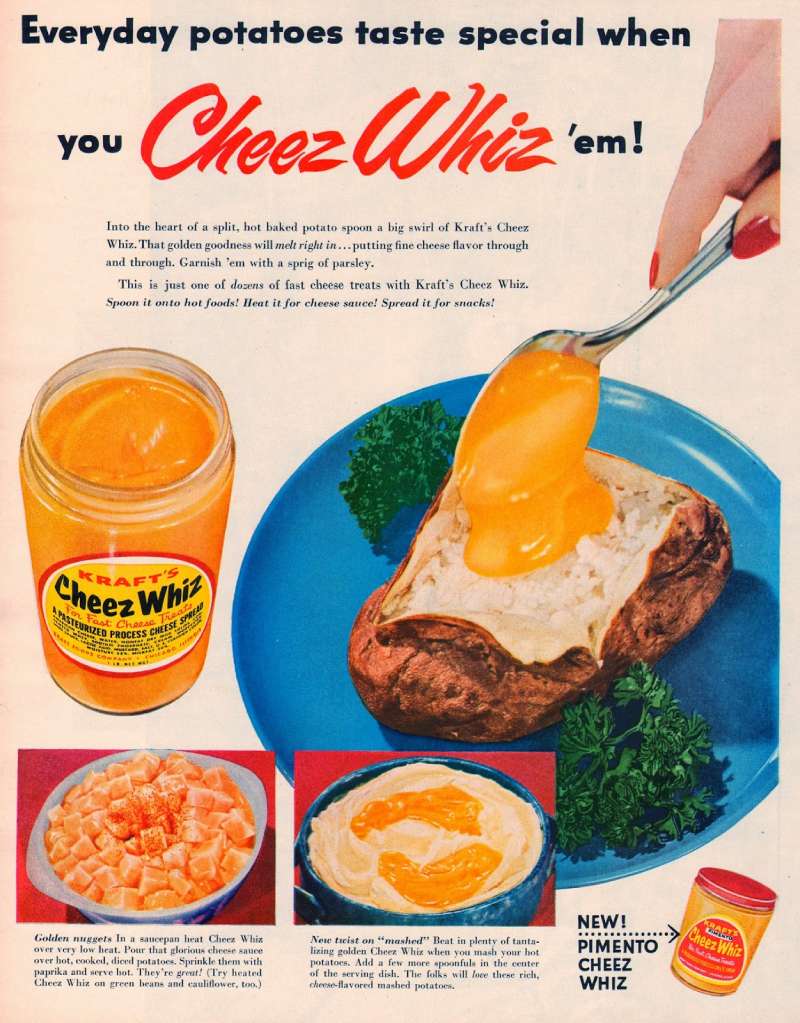
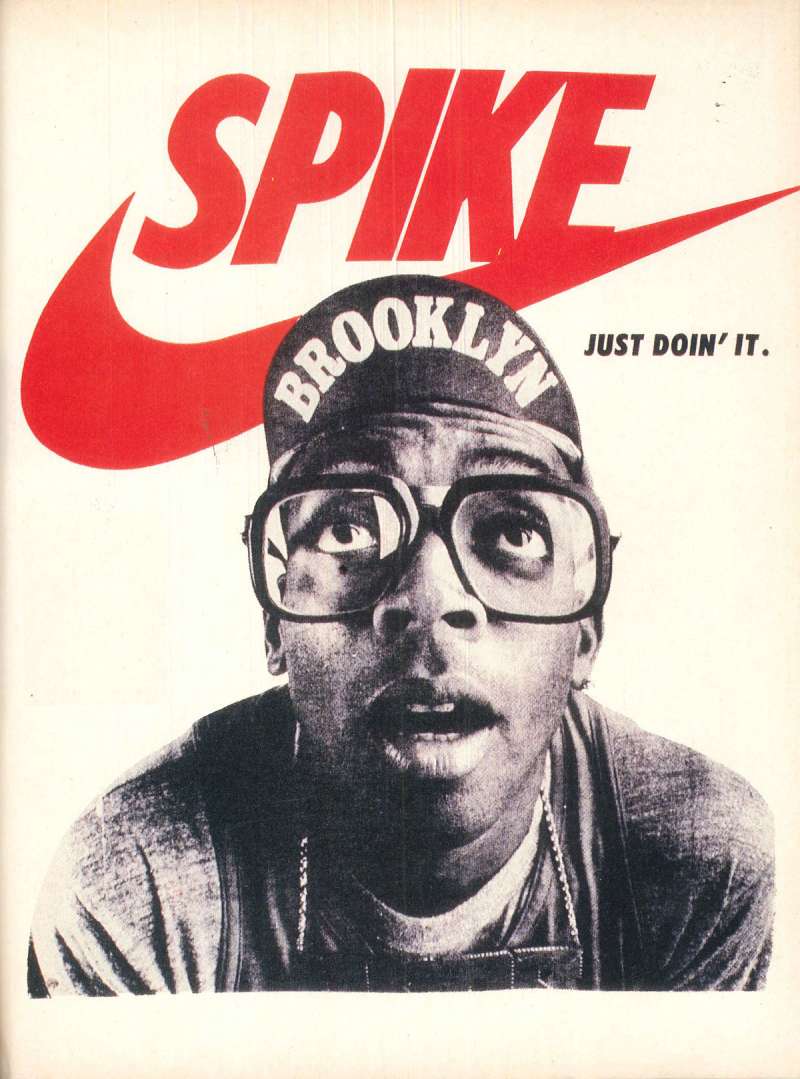
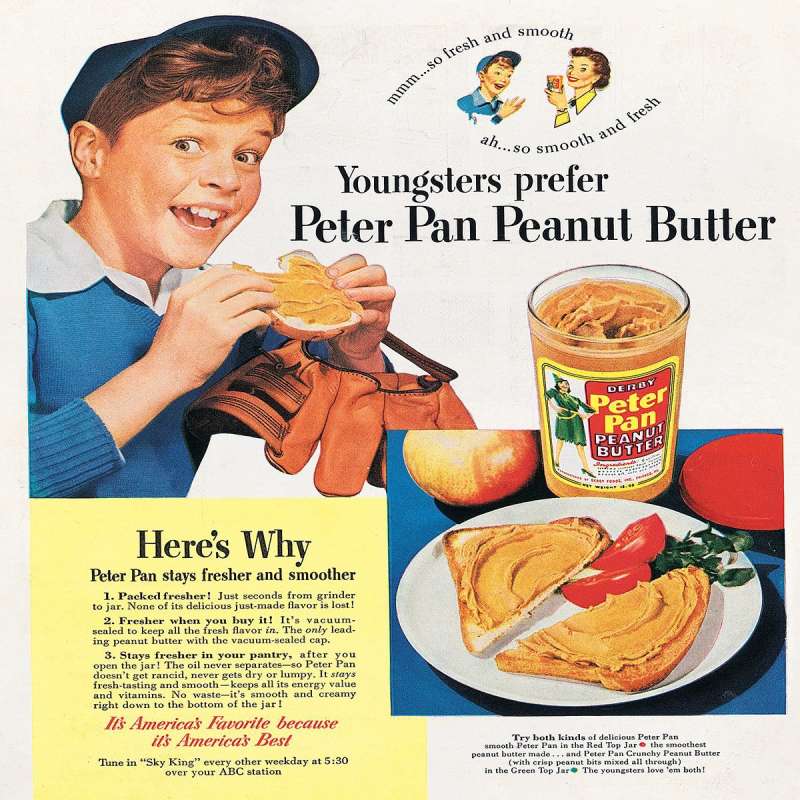
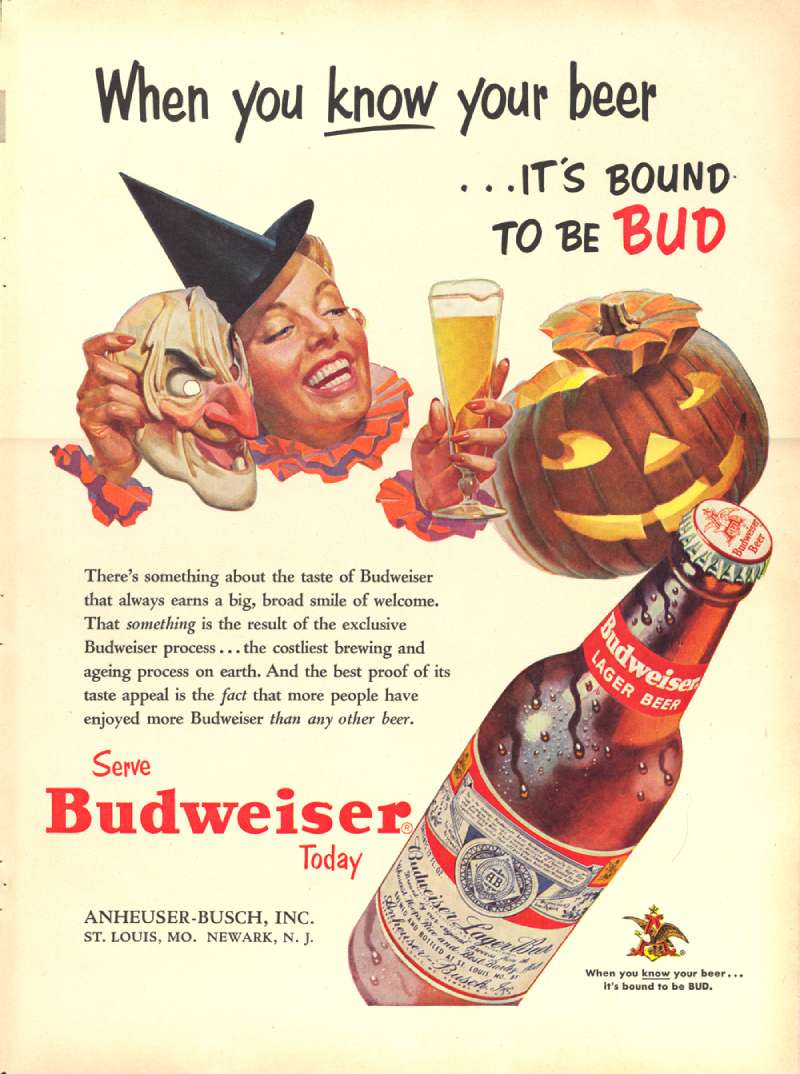
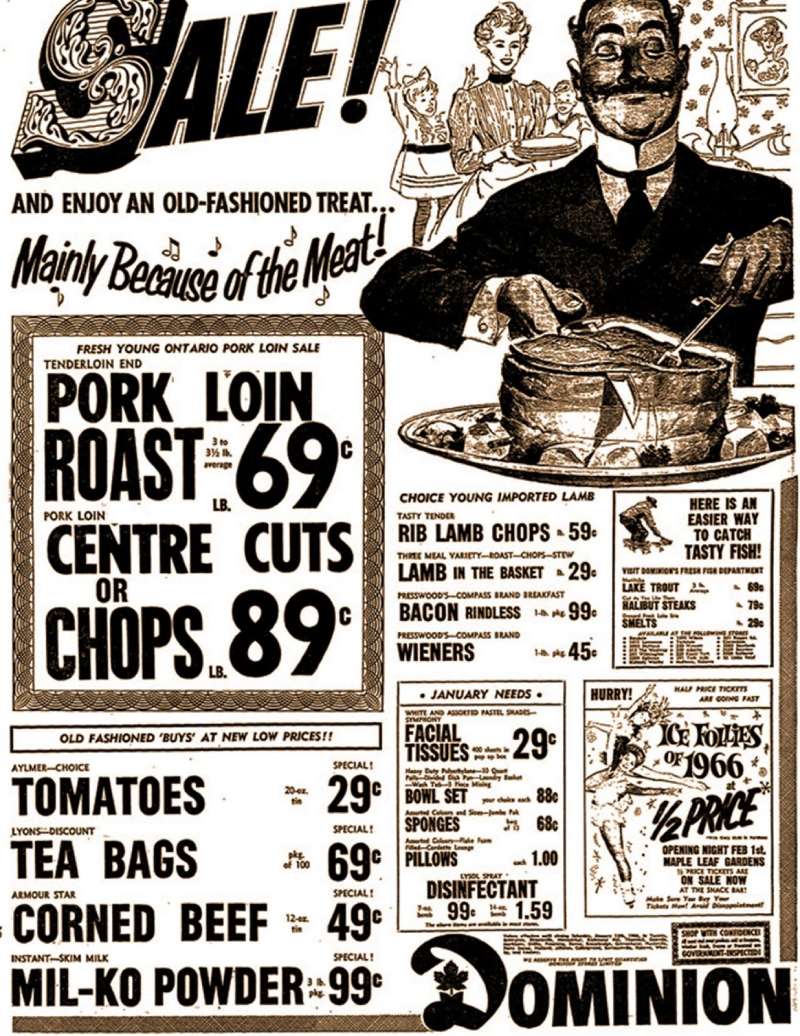
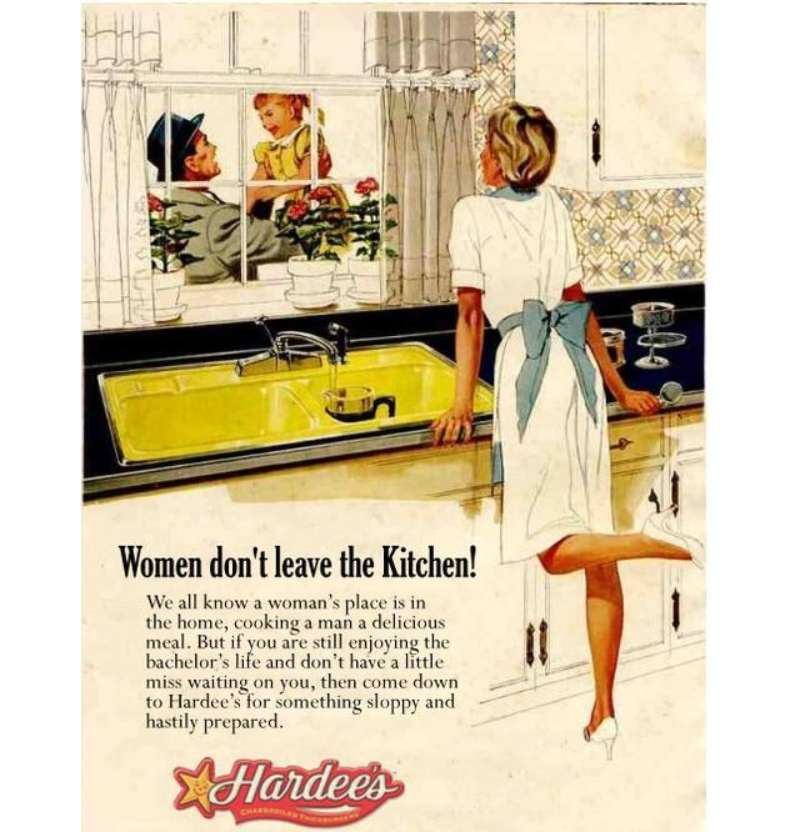
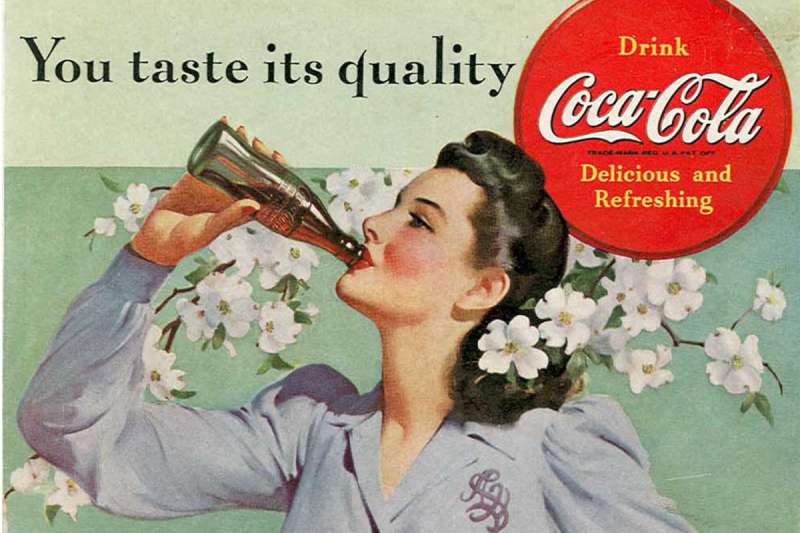
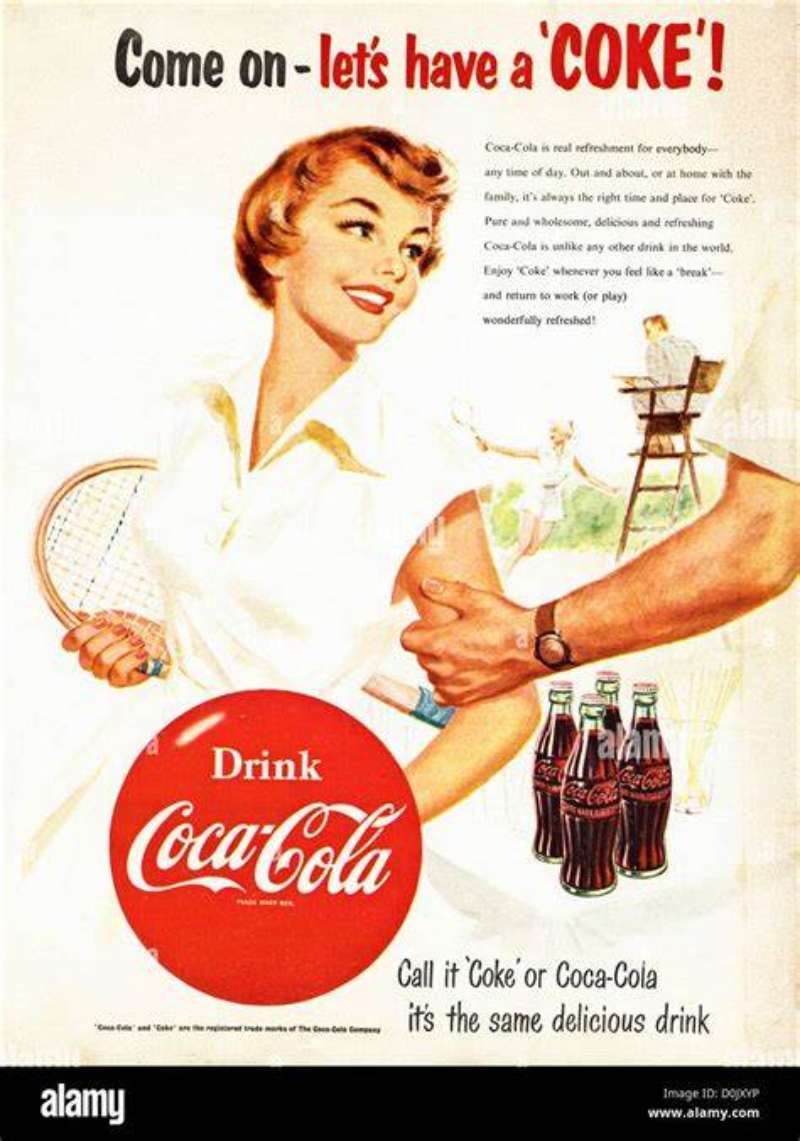
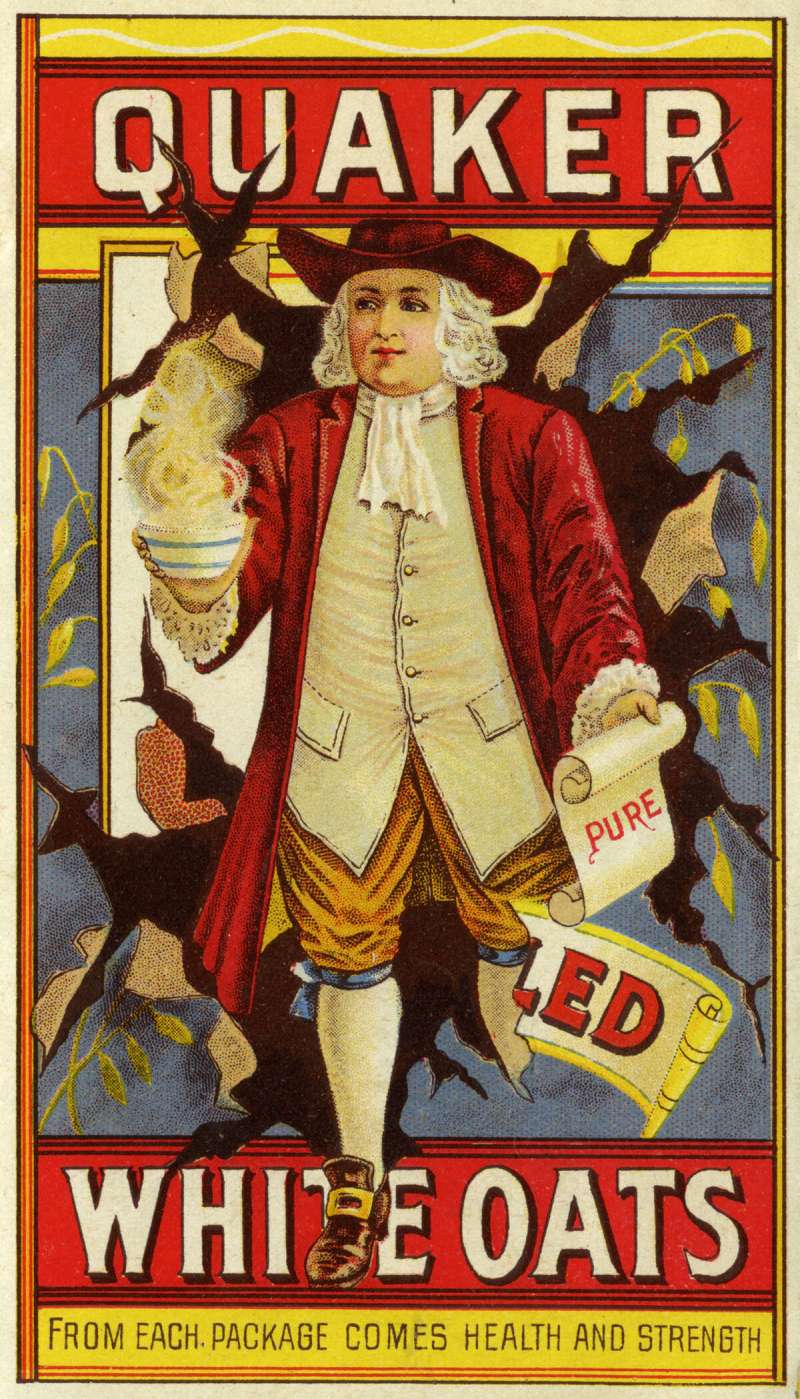
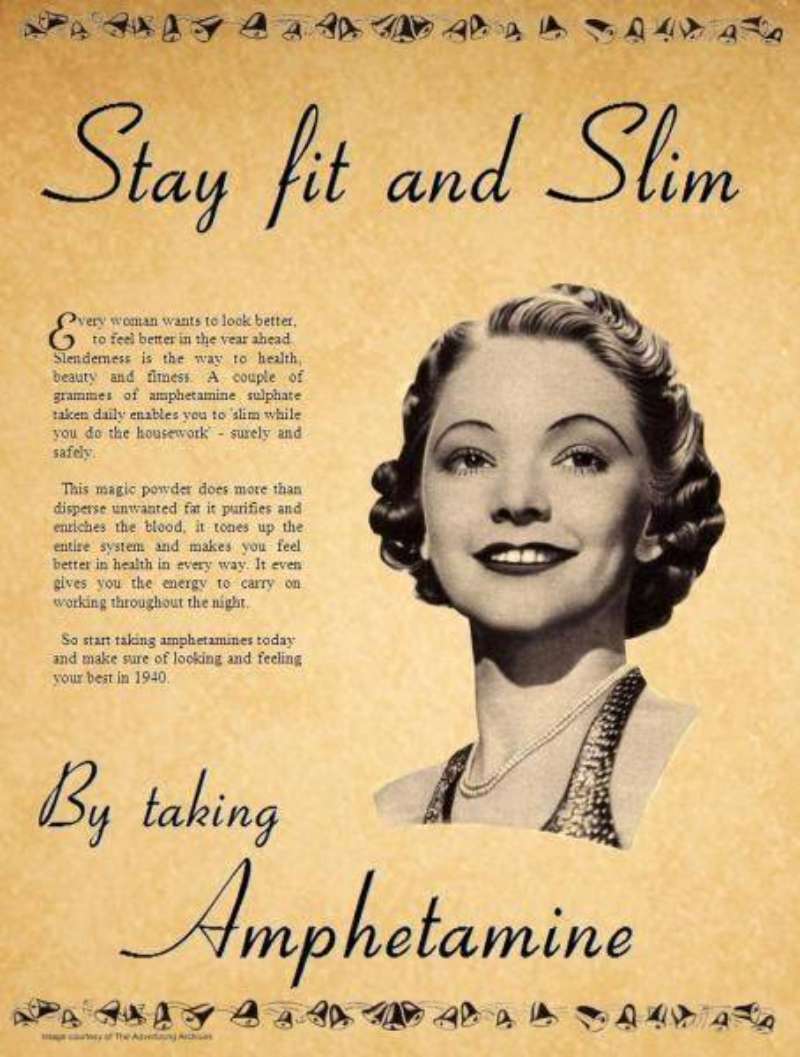
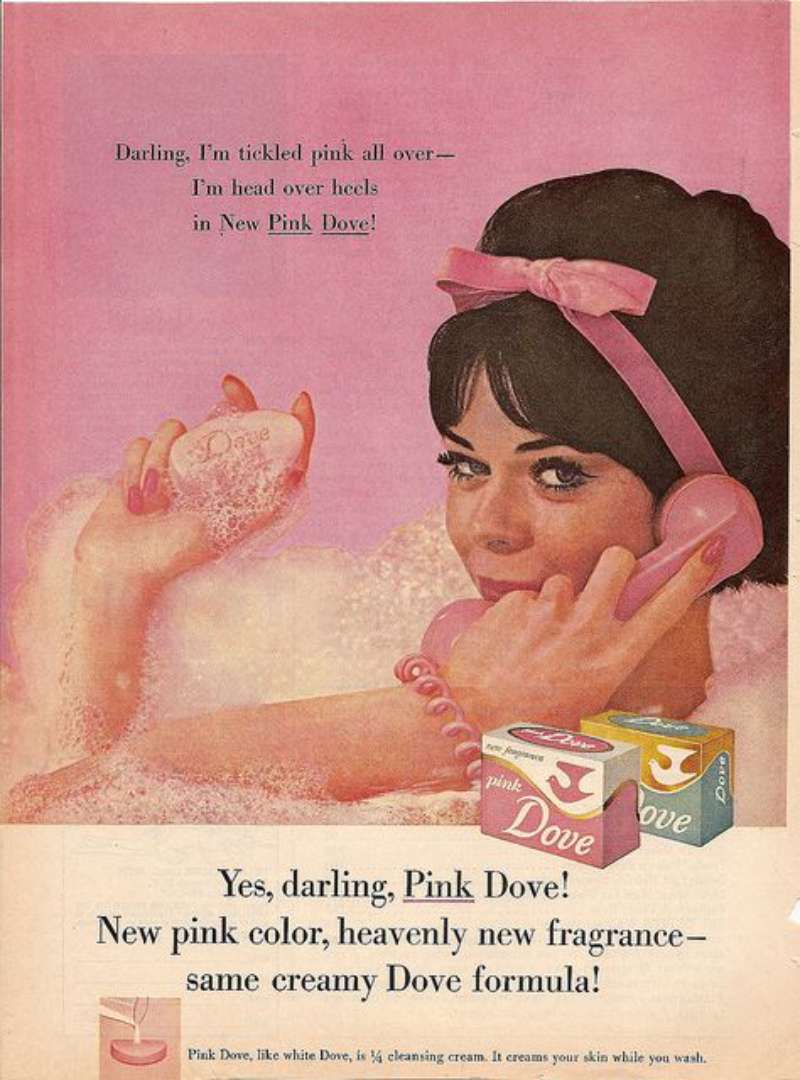
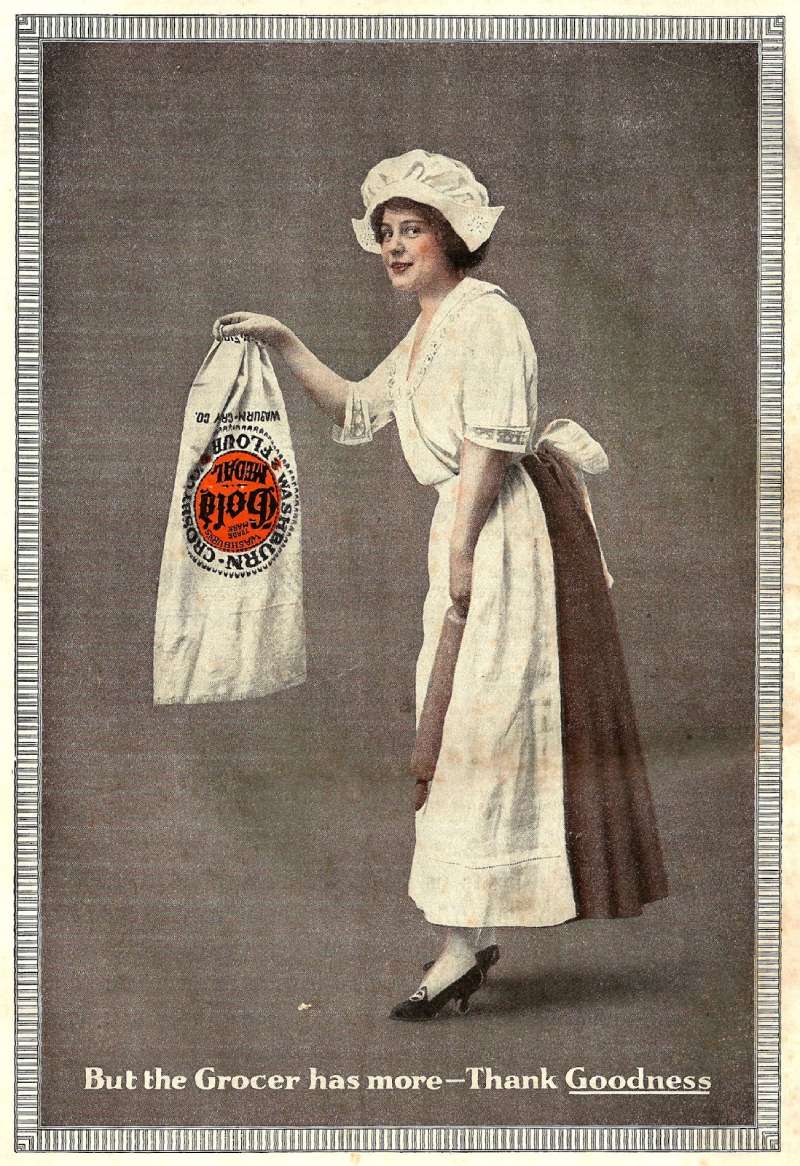
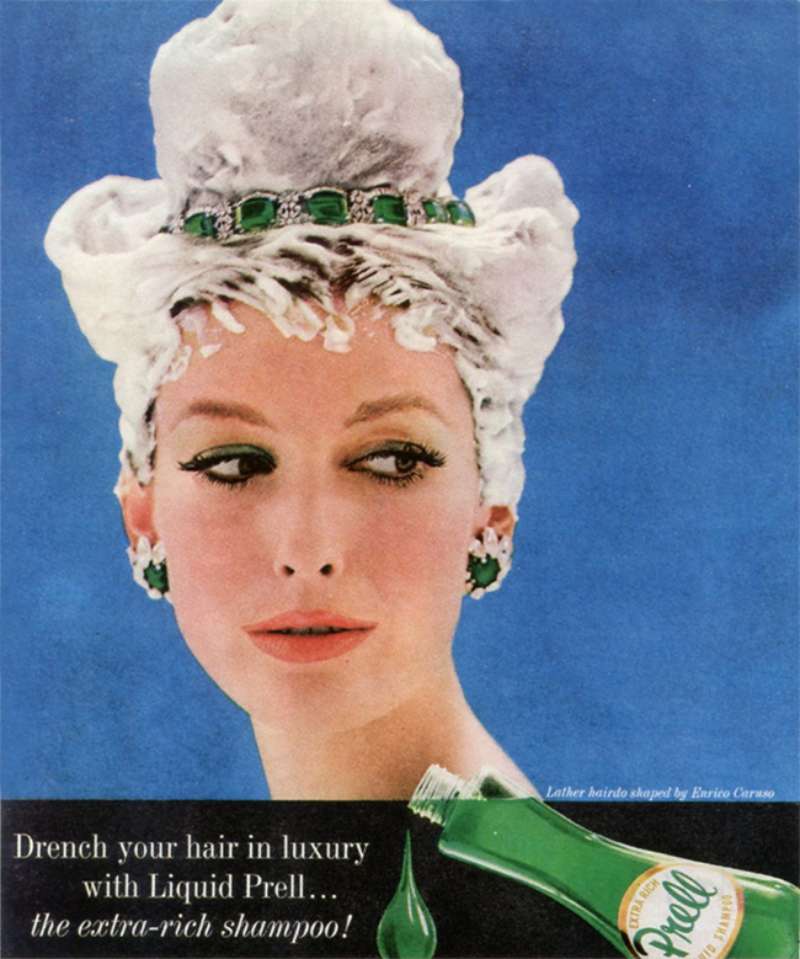
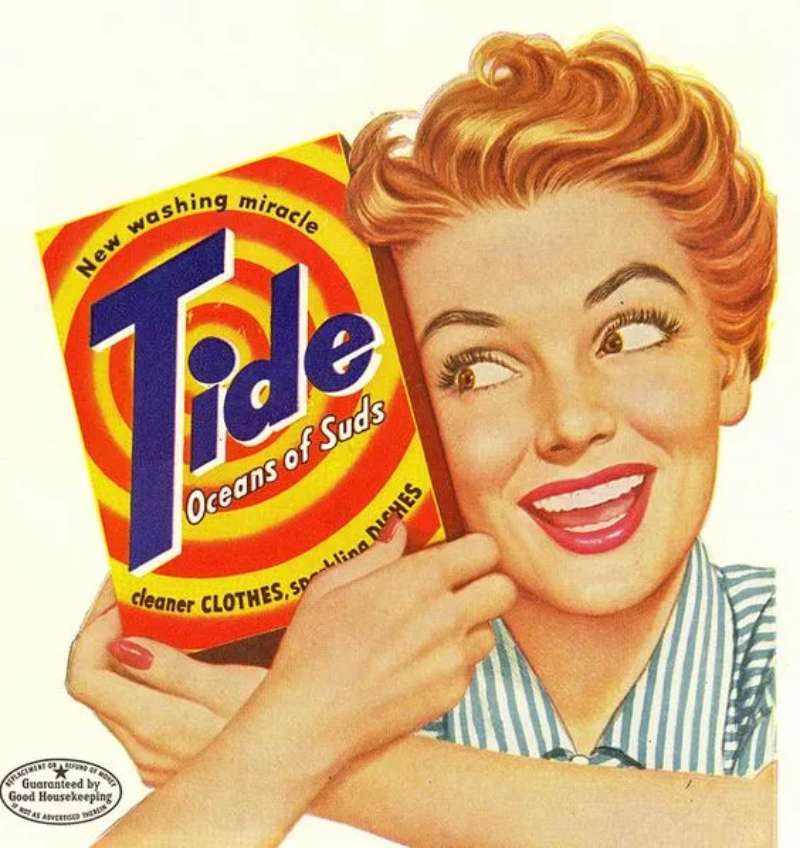
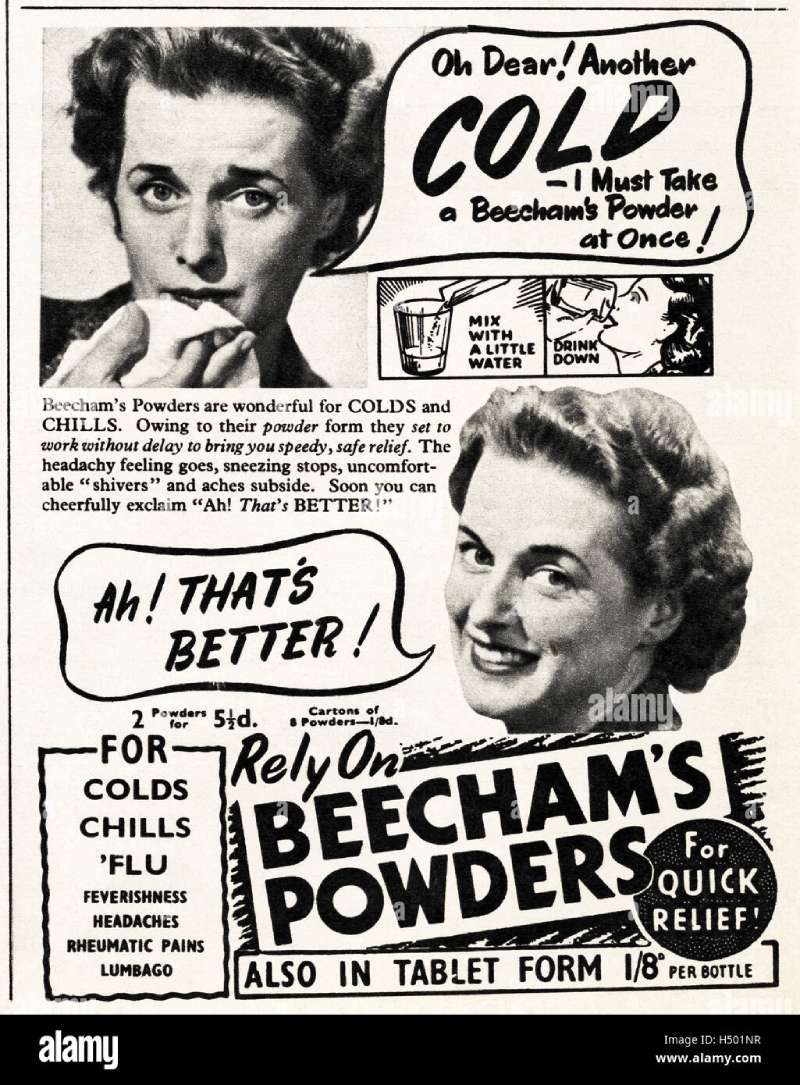

What Defines a “Vintage” Ad?
Wondering what makes an ad vintage-y enough to be called a vintage ad? Let’s break it down.
Characteristics of Vintage Advertisements
- Artistic Styles:
Vintage ads weren’t just about the product. They were a showcase of the dominant art style of their era. From elegant brush strokes to out-of-the-box graphics, these ads were a canvas of creativity. - Choice of Language:
Ah, the charm of old-school language! Words were chosen not just to sell, but to narrate tales, making these ads rich, flavorful, and ever so captivating. - Societal Norms and Values Depicted:
Peek into these ads, and you get a direct view into society back then. The values, the societal expectations, and the trending norms – all wrapped up in a beautiful vintage package.
Evolution from Early to Modern Advertising
The Golden Age:
Oh, the raw charm of the golden days! It was all about celebrating products in the most artistic way possible.
The War and Post-War Eras:
Ads got deeper, and sometimes darker. There was an emotion, a rawness as the world battled and then healed.
The Revolution Era:
Pop culture exploded, and so did vintage ads with vibrant colors, catchy phrases, and more. The word ‘bold’ got a whole new meaning!
The Power of Nostalgia
Vintage ads, they tug at your heartstrings. Why, you ask?
The Appeal of Vintage Ads to Audiences
- Emotional Connection:
These ads transport you to a bygone era. An era of your grandparents, maybe? So, there’s this sense of connection, warmth, and comfort. - Reminiscent of a Bygone Era:
They’re not just mere advertisements. They’re a page from a history book, a story from a time gone by.
How Businesses Leverage Vintage Aesthetics Today
Retro Branding Strategies:
Even today, brands love to throw it back. They blend the classic with the modern, making things feel familiar, yet fresh.
Modern Campaigns with a Vintage Twist:
Ah, the old wine in a new bottle! You’d see contemporary brands taking inspiration from these nostalgic vintage aesthetics, reminding you of the past while staying relevant today.
Noteworthy Vintage Ad Examples
Diving into the archives of advertising, some vintage ads stand out, not just for their creativity but for the massive waves they made in the marketing world.
Iconic Vintage Campaigns and Their Impact
Coca-Cola’s Classic Ads:
“Buy the world a Coke”, remember that? Coca-Cola didn’t just sell a beverage. They sold a feeling, a vibe. Their vintage ads took this sentiment, draped it in jingles and imagery, and made it iconic. The image of Santa Claus we recognize today? Yep, it was heavily influenced by these ads.
Volkswagen’s “Think Small” Campaign:
In a world where bigger meant better, Volkswagen went the other way. “Think Small” was rebelliously minimalistic. A true game-changer that proved simplicity could also capture imagination.
Marlboro Man and the Allure of the West:
It wasn’t just about cigarettes. It was about capturing the spirit of the rugged West. The Marlboro Man was a symbol of masculinity and freedom. Controversial? Yes. Impactful? Definitely.
Lesser-known but Powerful Vintage Ads
Ads from the War Era:
They were intense and raw. These vintage ads didn’t just promote products. They rallied people, evoked feelings of patriotism, and captured the spirit of those challenging times.
Vintage Ads for Household Products:
From soaps to blenders, these ads celebrated the everyday. Their charm? Turning mundane products into must-haves, often with a dash of humor or surreal imagery.
The Glamorous World of Vintage Fashion Ads:
Posh, classy, and oozing style. These were more than mere clothing or accessory ads. They were a ticket to the glamorous world, giving everyone a taste of the high life.
Analyzing Vintage Ads
On the surface, they might look like artistic masterpieces, but there’s a lot more going on beneath.
Visual Elements and Artistic Styles
- Use of Color and Typography:
Colors popped or stayed muted, evoking distinct emotions. Typography? It danced, swayed, or stood firm, making each ad unique in its own right. - Depiction of People and Lifestyles:
From the glamorous to the ordinary, people in vintage ads weren’t just models. They were storytellers, giving us glimpses of the era’s aspirations and desires.
Messages and Storytelling
- Societal Values and Aspirations:
Ads weren’t created in a vacuum. They reflected dreams, desires, and the society’s pulse, making them rich tapestries of cultural insights. - Products as Solutions to Everyday Problems:
Got a problem? There’s a product for that. These ads highlighted solutions, turning products into heroes that could save the day.
Critiques and Controversies
- Gender Roles and Stereotypes:
Not all was rosy. Many vintage ads mirrored the era’s biases, often boxing people into stereotypical roles. Looking back, it’s a mix of admiration and cringe. - Cultural Insensitivity in Some Vintage Ads:
Sometimes, they missed the mark, showcasing cultural insensitivity. A reminder that while they were products of their times, not everything from the past ages like fine wine.
Learning from Vintage Advertising
Can old-school vintage ads teach the snazzy, digital age something? Oh, absolutely!
Timeless Strategies That Still Work
- Emotional Appeals:
Then or now, emotions drive decisions. Making people feel something? That’s where the magic lies. - Humor and Wit:
A good laugh or a clever twist? It never gets old. Brands today still bank on these to leave a lasting impression.
Avoiding Pitfalls and Outdated Stereotypes
- Lessons in Sensitivity and Inclusion:
We’ve come a long way. But looking back at these ads is a stark reminder of the importance of being culturally sensitive. - Adapting Vintage Techniques to Modern Contexts:
It’s about taking inspiration, but molding it to fit today’s diverse, dynamic, and digital world.
FAQ On Vintage Ads
What Defines a Vintage Ad?
Vintage ads are often defined by their age and their era-specific aesthetic. Think mid-20th-century, the heyday of print and radio before the digital takeover.
They reflect the cultural norms and values of their time, often with retro fonts, nostalgic imagery, and compelling copy that speaks to a simpler era.
Why Do People Collect Vintage Ads?
Collectors are drawn to vintage ads for their historical significance, unique artistry, and the stories they tell about the past.
Ads from iconic campaigns or featuring now extinct brands fetch the keenest interest. They’re not merely ads; they’re slices of history, and they can be quite valuable and decorative.
How Have Vintage Ads Impacted Modern Advertising?
Modern advertising is undoubtedly informed by its predecessors. The clever slogans, the psychology of persuasion, the techniques of grabbing attention—it all has roots in the past.
Retro advertising art, in particular, has spurred a resurgence in interest for designs that recall those classic commercials of yesteryears.
Where Can I Find Vintage Ads?
You’ll stumble upon them in antique shops, at flea markets, or tucked away in the attic. Online marketplaces are gold mines too, offering everything from nostalgic marketing memorabilia to rare historic ad campaigns.
Specialist auctions can also provide intriguing finds, albeit sometimes at a premium.
How Do You Authenticate Vintage Ads?
Authentication pivots on expert inspection. Seasoned eyes will evaluate the paper quality, printing techniques—like lithography—and specific historical details pertaining to the ad’s proposed era.
Provenance is key; backstories or documentation elevating the piece from mere antique advertisements to certified antiquities.
Can Vintage Ads Still Influence Consumer Behavior?
Absolutely. The allure of nostalgia is a potent force; it can provoke an emotional response in today’s saturated ad landscape.
For brands, weaving in elements from old-fashioned branding—slogans, jingles, or characters—has proved a winning formula for stirring sentiment and crafting timeless marketing materials.
How Do Vintage Ads Compare to Digital Advertising?
It’s apples to oranges, to be honest. Vintage ads charm with their tangibility and artistic merit, echoing an epoch when ad space was an art form. Digital ads, while hyper-targeted and data-driven, are ephemeral, blitzing past in the click of a mouse or the swipe of a screen.
What Are Some Iconic Vintage Ad Campaigns Everyone Should Know?
Think Coca-Cola’s hilltop singers offering to buy the world a Coke, or VW’s “Think Small” punching above its weight in simplicity.
These iconic ad campaigns changed the game and are worth a study for their groundbreaking approach to advertising art and slogans.
How Do You Preserve Vintage Ads?
Preservation is a marriage of caution and care. Ads should be stored flat, away from direct sunlight, damp, or any extreme temperature. Acid-free sleeves or frames help, and for the truly precious pieces, professional framing with UV-protected glass is a worthy investment.
What Can Vintage Ads Teach Us About Social History?
Turn the pages of any vintage ad compilation and you peer into society’s past psyche.
Gender roles, technological advancements, lifestyle choices, and even geopolitics all reflected in the glossy prints of yesteryear—an intriguing, often startling cultural history lesson in perceived social norms and consumption patterns.
Conclusion
Woven through the fabric of our cultural quilt, vintage ads stand as chronicles. Peering at them, one finds a reflection not just of commerce but of epochs past—a kaleidoscope of ideals, aspirations, and norms crystallized in ink and jingles.
Yet, within these relics:
- A timeless narrative emerges
- Creative foundations are laid
- The art of persuasion is honed
They are not merely antiqued advertisements, they are historic ad campaigns, milestones marking the journey of advertising art from its infancy to today’s digital sophistication. And in understanding them, there is grounding, a connection bridged between ages by the universal language of visuals and iconic ad slogans.
In closing, there is admiration—knowing that the prints and scripts of vintage ads have influenced the contours of modern-day marketing. Their legacy: a lesson in creating not just ads, but artworks that endure beyond their sell-by date, etching a place in the collective consciousness. As they fade physically, their essence lingers perennially, a testament to creativity’s lasting impact.
If you liked this article about Vintage ads, you should check out this article about Funny ads.
There are also similar articles discussing Sexist ads, Verizon ads, Uber ads, and AT&T ads.
And let’s not forget about articles on Colgate ads, Valentine’s Day ads, Gap ads, and H&M ads.
- The Asahi Logo History, Colors, Font, And Meaning - 4 May 2024
- Playtime Perfection: Fun Kids Color Palettes - 4 May 2024
- PX to REM Converter - 4 May 2024








